
This weekend is Pride so Zona is busy getting product ready. That means you get a special treat today. She’s left me, Brian, in charge of the blog. Silly Girl….
Unlike our lovely Zona, I am not an artist. That is to say not an artist in the1 traditional sense. But we here at BZ FurFur don’t like to impose limits on what is considered art. What I do is called Pixel Art and I’m going to give you a little primer on it
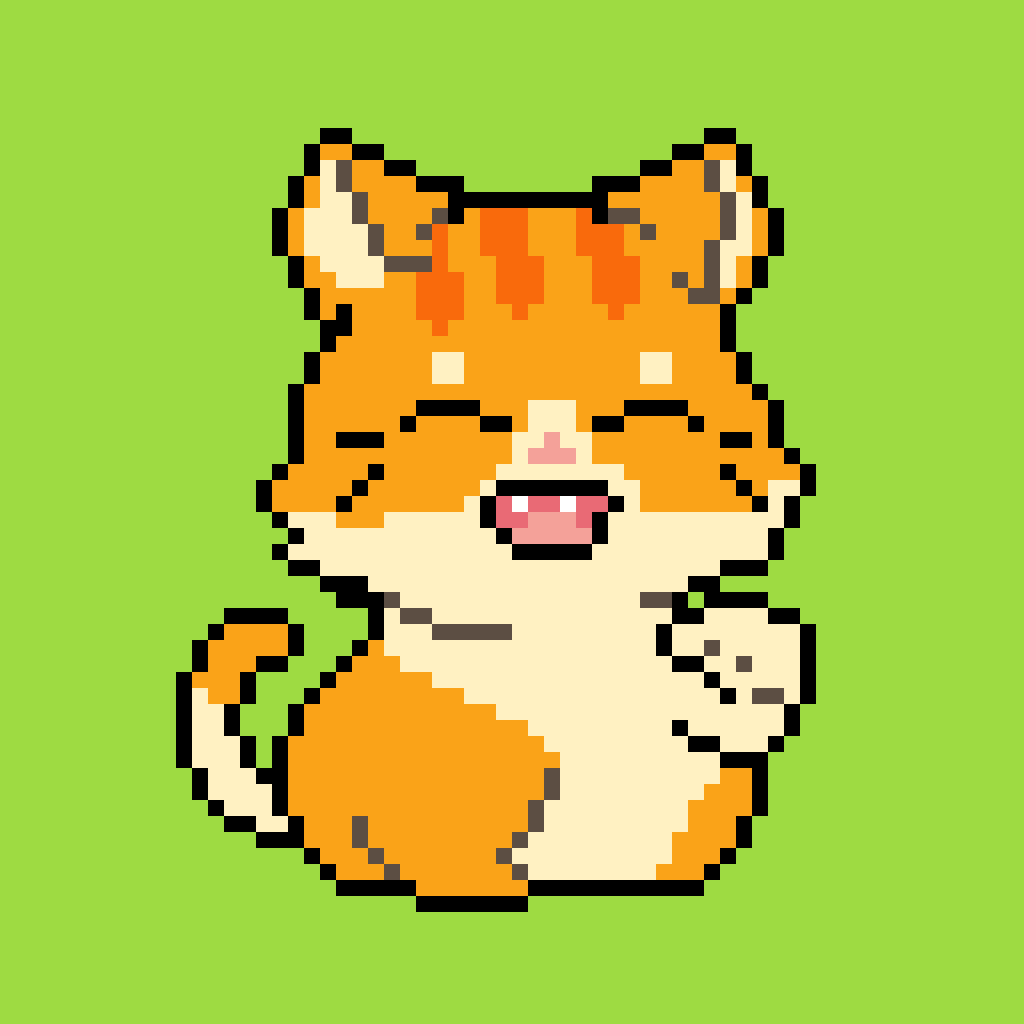
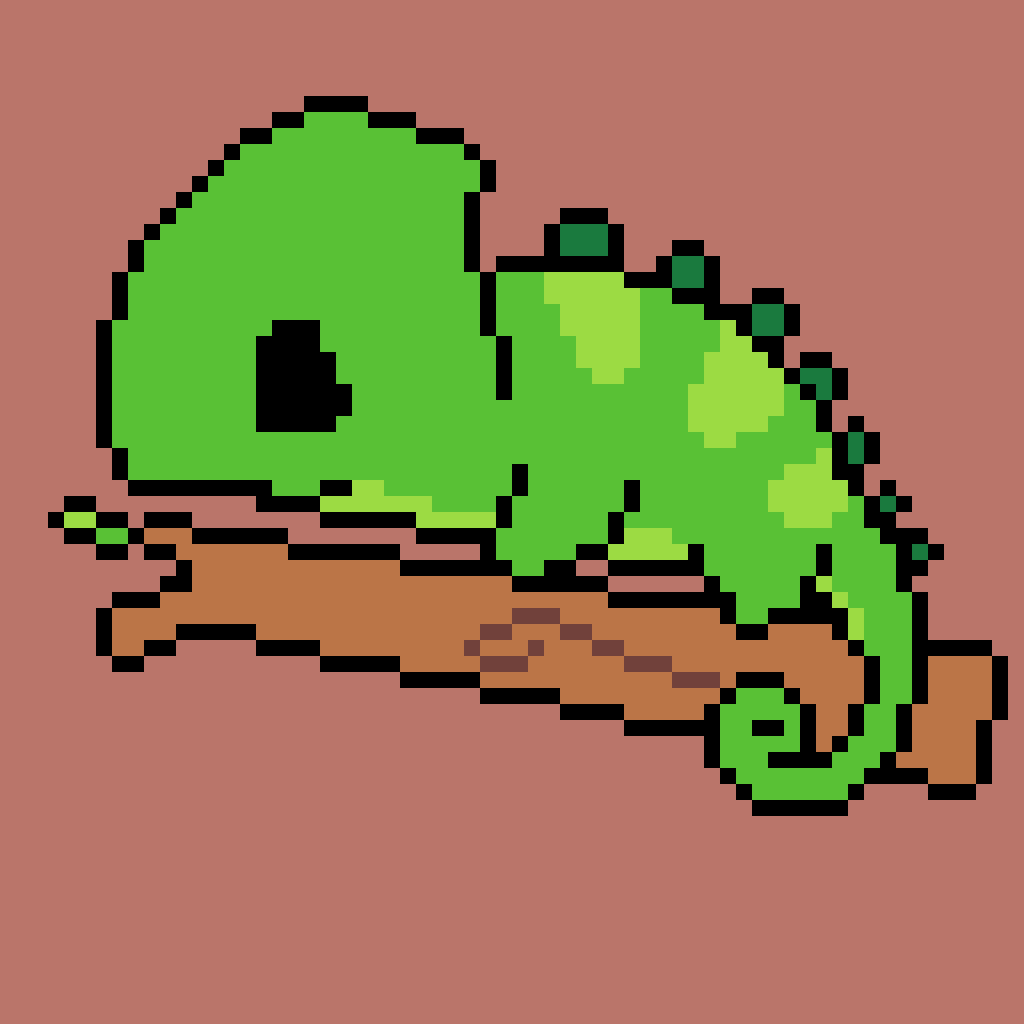
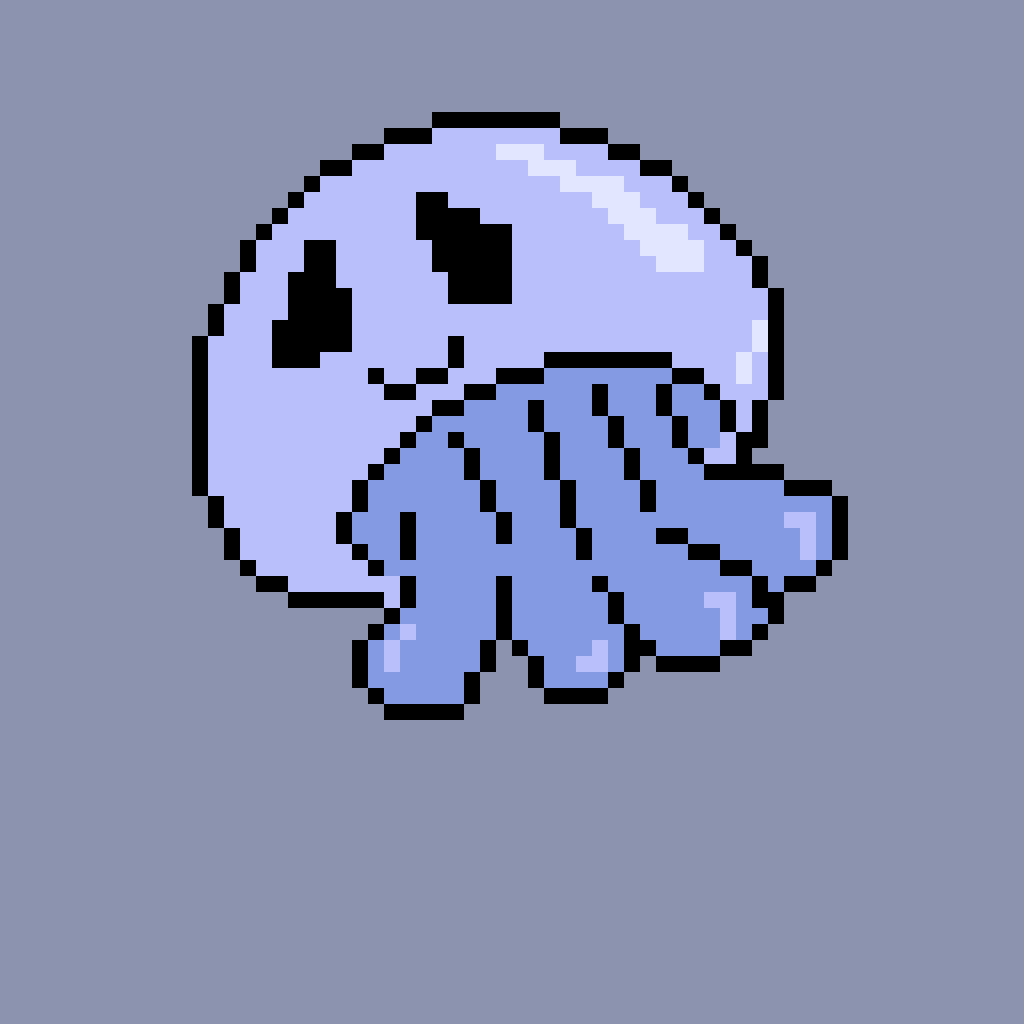
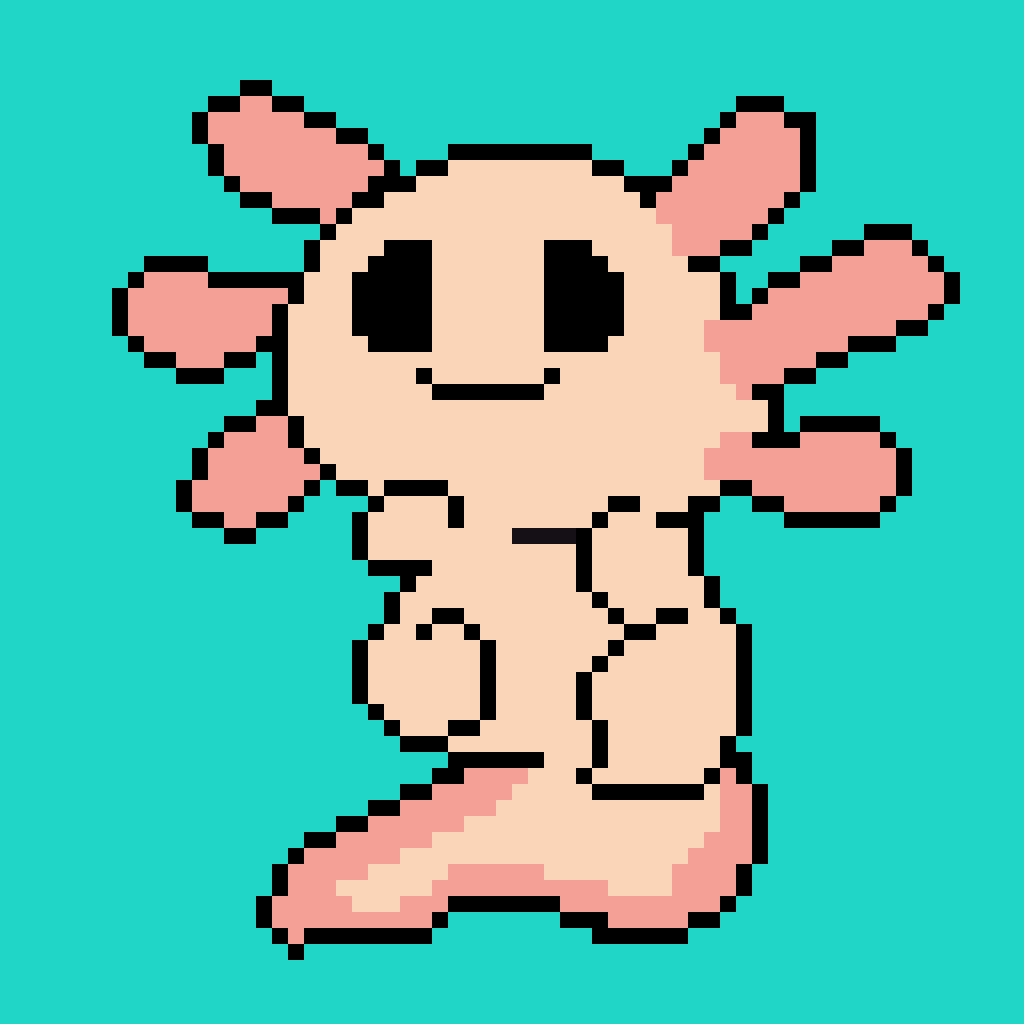


My Life for a Pixel
The other day Zona asked me why I love pixel art so much. To be honest I hadn’t put a lot of thought into it before then. I think the reason is that, when I was a kid, I loved video games. Not just playing them, but the entire culture surrounding games. We would sit at lunchtime with our friends reading through Nintendo Power, GamePro, and EGM looking at screenshots, reviews, and maps of the 8-bit and, later, 16-bit games that just hit the market.
This era of games was unique because the sprites were more well-defined than the earlier consoles such as the Atari meaning they did a fair job of representing the thing they were trying to depict but they weren’t so detailed that they didn’t leave room for imagination. Creating pictures in that same style harkens back to those days and reminds me of how happy they made me. I still listen to 8-bit “chip-tune” music while I work and would sooner plug a cartridge into a GameBoy than play a mobile game on my phone because of how these games shaped my life.
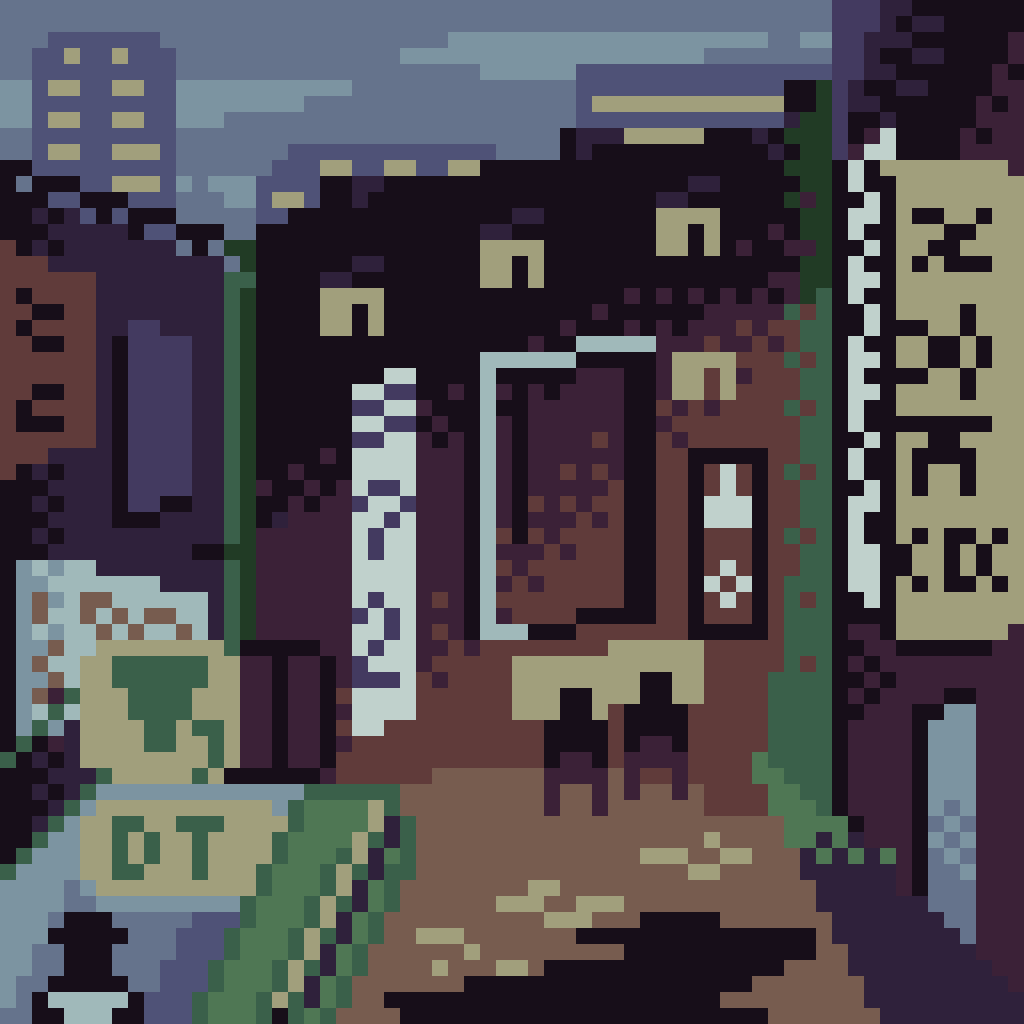
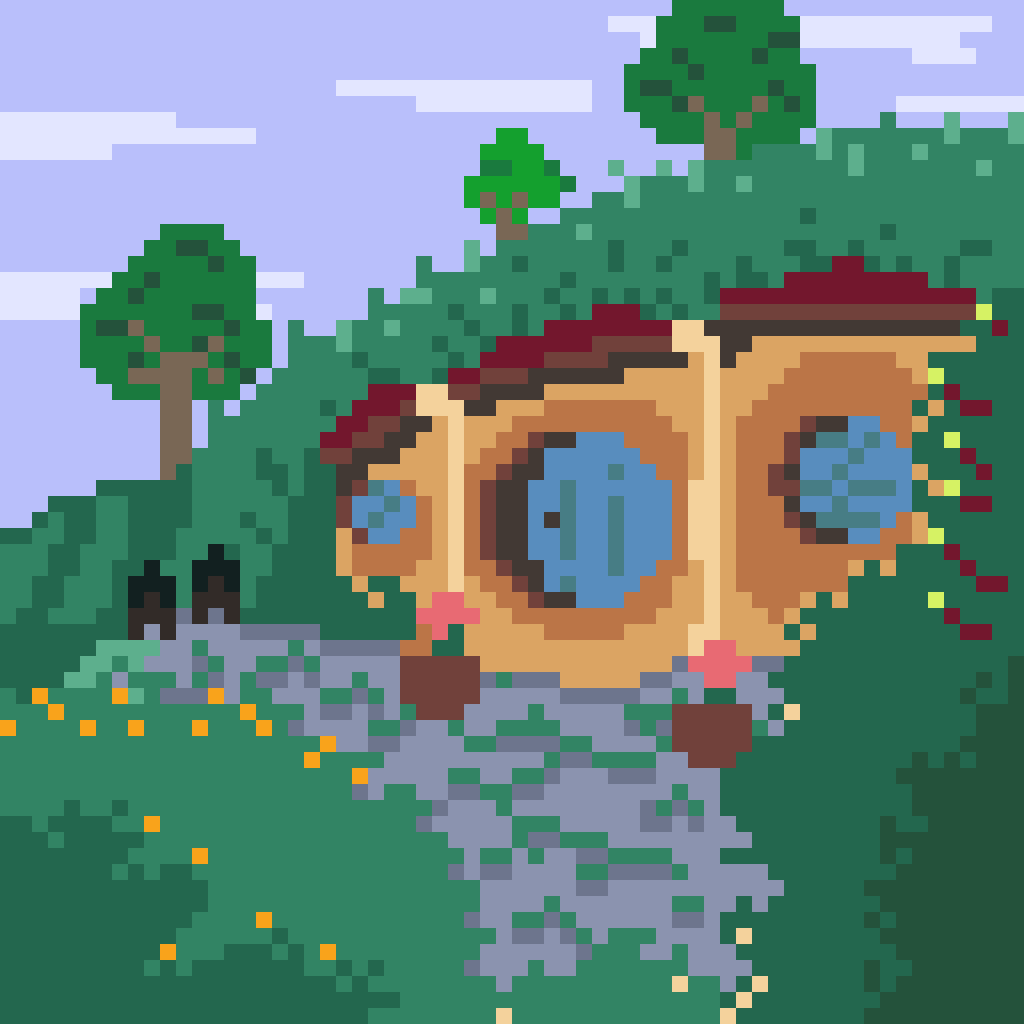

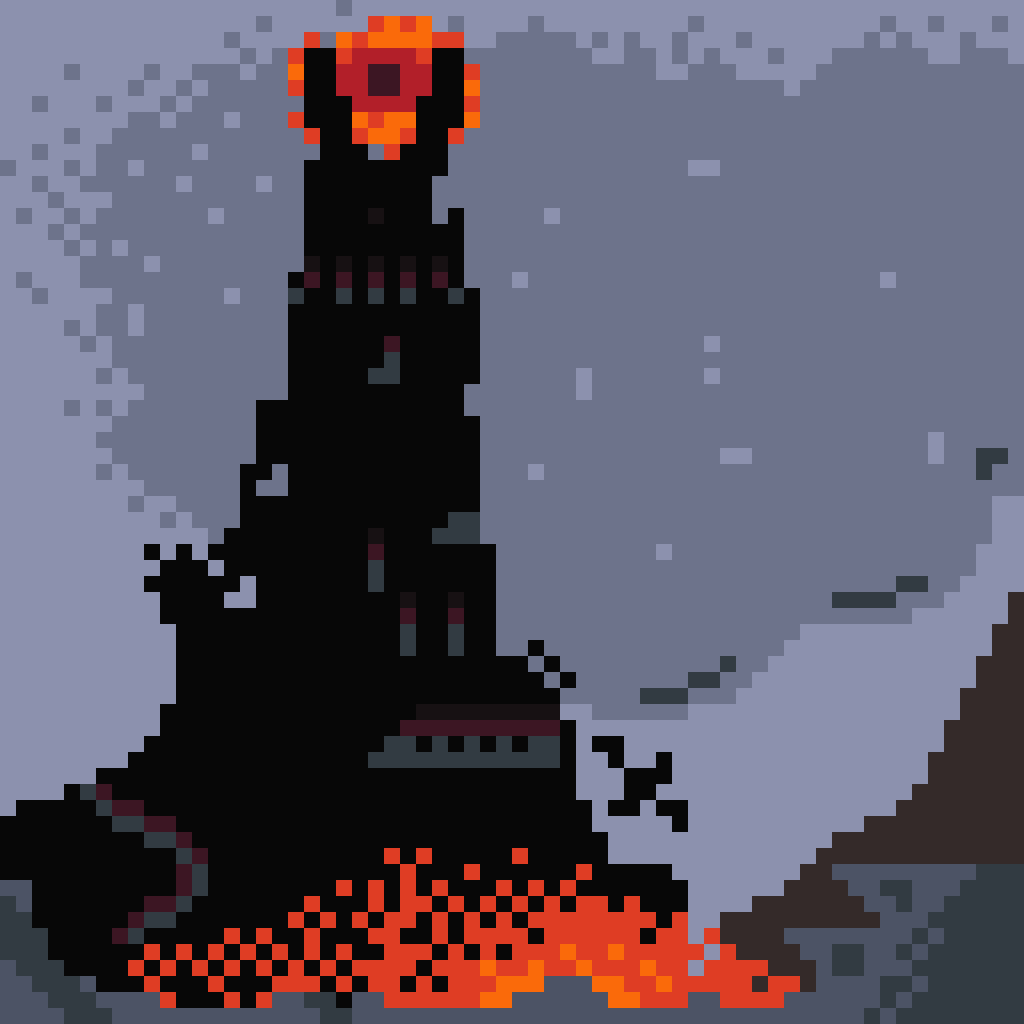
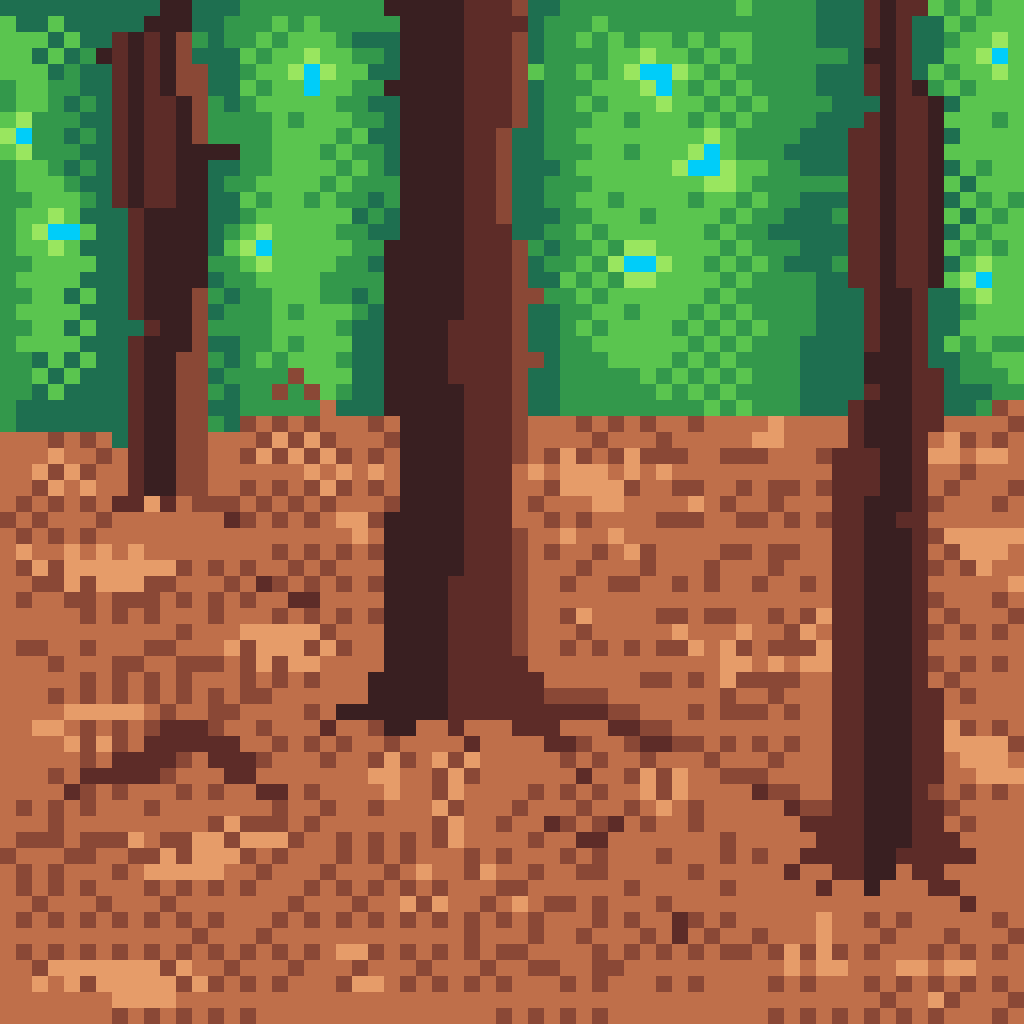
A Picture is Worth 1024 Words
So what exactly is pixel art. It is a method of creating digital images where every pixel is carefully placed on the screen. They generally require working with a limited palette and resolution although they can easily be expanded to entire landscapes and highly detailed pictures. The idea is that you don’t rely on advanced image manipulation tools to create the image. In fact, there aren’t really any barriers to entry for creating pixel art. Pretty much any drawing program can be configured to make pixel art from MS Paint to Photoshop.
Me, personally, I use two main pieces of software. Working on my laptop I use a program called Aseprite and on my iPad I use Pixaki. Both help with a lot of creating pixel art by offering tools that are specific to the medium. When working on the laptop will also use a tablet for drawing rather than a mouse for better precision and a more natural hand movement.
Some Key Concepts for Creating Pixel Art
Creating believable curves If you don’t space your pixels out perfectly you end up with jagged edges, or jaggies, that can absolutely ruin a picture. Getting the right ratio of pixels in your curves is key. A lot of programs designed for sprites do this for you using a feature called “Pixel Perfect”
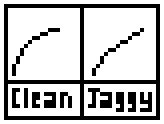
Blending Colors When painting you can blend two colors together when you are transitioning and you don’t want a sharp contrast. With Pixel Art, since you are often working with a limited palette, you will often use a technique called dithering where you alternate pixels of two colors to create a smooth transition.
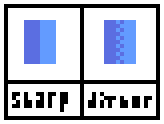
Pixel Art is Better on Vinyl
Pixel art has always been a hobby for me and never something that I figured would pay the bills. If, however, you like my designs and are interested in supporting me as an artist you can buy some vinyl stickers of some of my creations over at BZ FurFur. Stick ‘em on your laptop or iPad as a cool conversation piece or just because they look cute. Hey, it’s your stuff, I’m not gonna tell you what to do with it. I hope you learned a little something about a different medium of art and, if you are interested in learning more, don’t hesitate to reach out with questions.
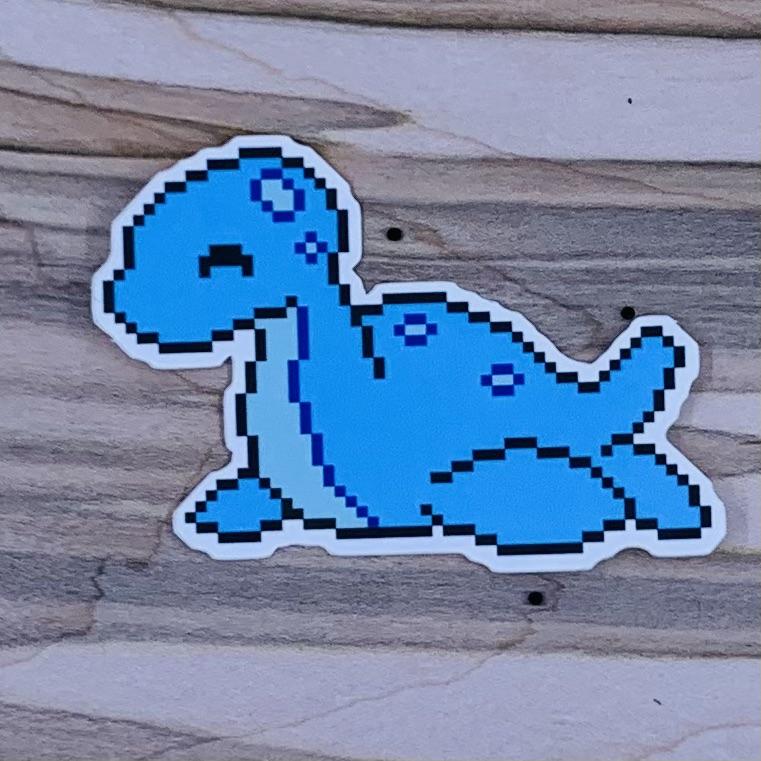
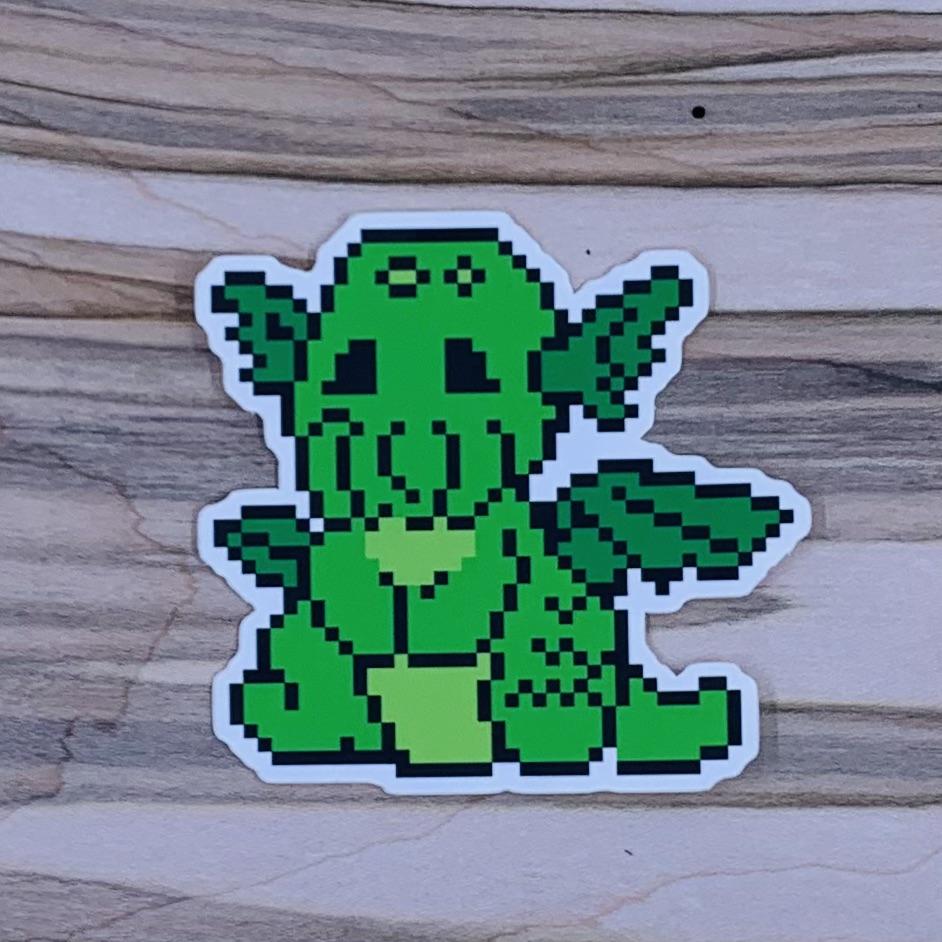
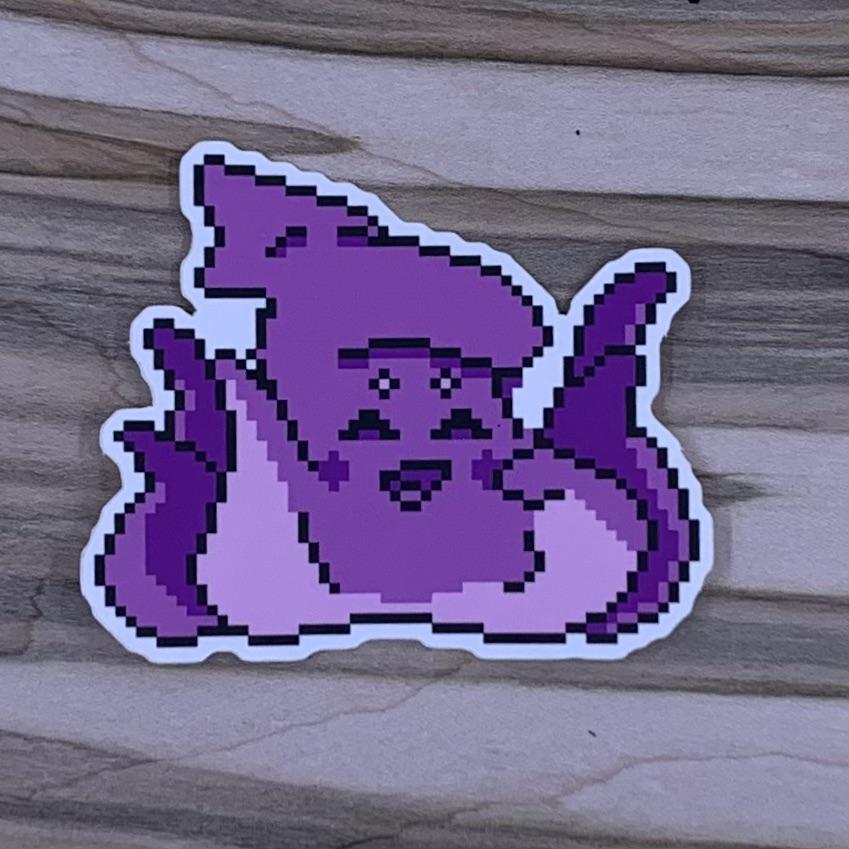
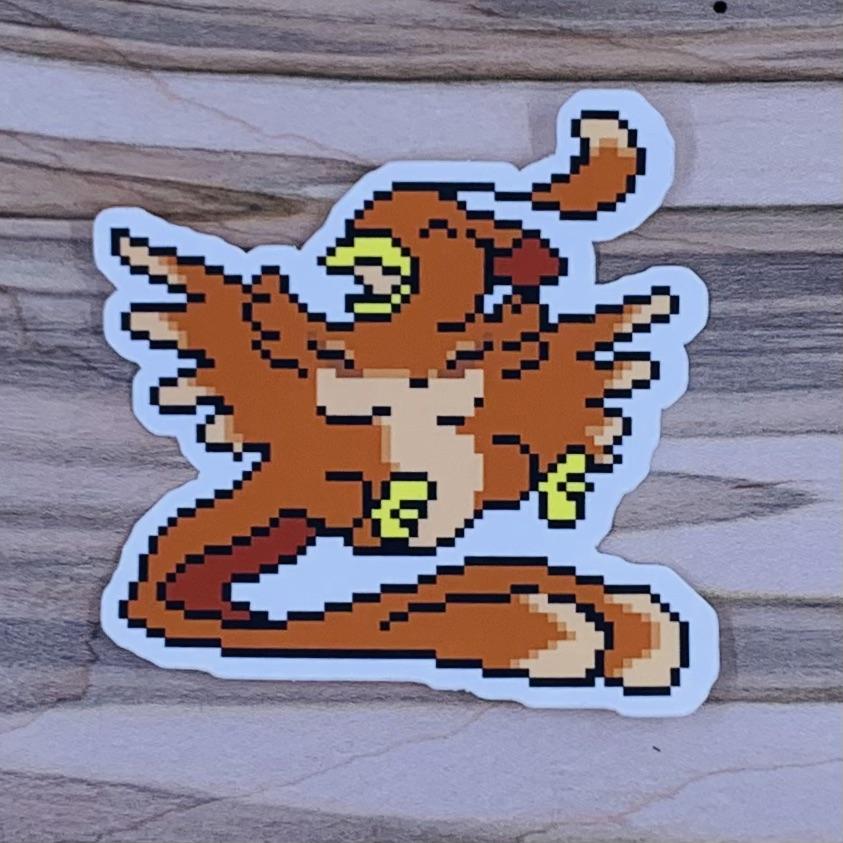


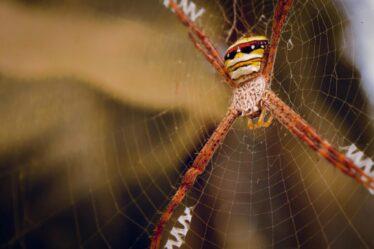

I am constantly looking online for tips that can help me. Thx!
Thanks on your marvelous posting! I genuinely enjoyed reading it, you are a great author.I will make certain to bookmark your blog and will often come back in the foreseeable future. I want to encourage you to definitely continue your great work, have a nice evening!
I’m thoroughly captivated by your deep insights and stellar writing style. Your expertise shines through in every piece you write. It’s evident that you invest a great deal of effort into researching your topics, and that effort pays off. Thank you for sharing such valuable insights. Keep up the great work! https://www.elevenviral.com